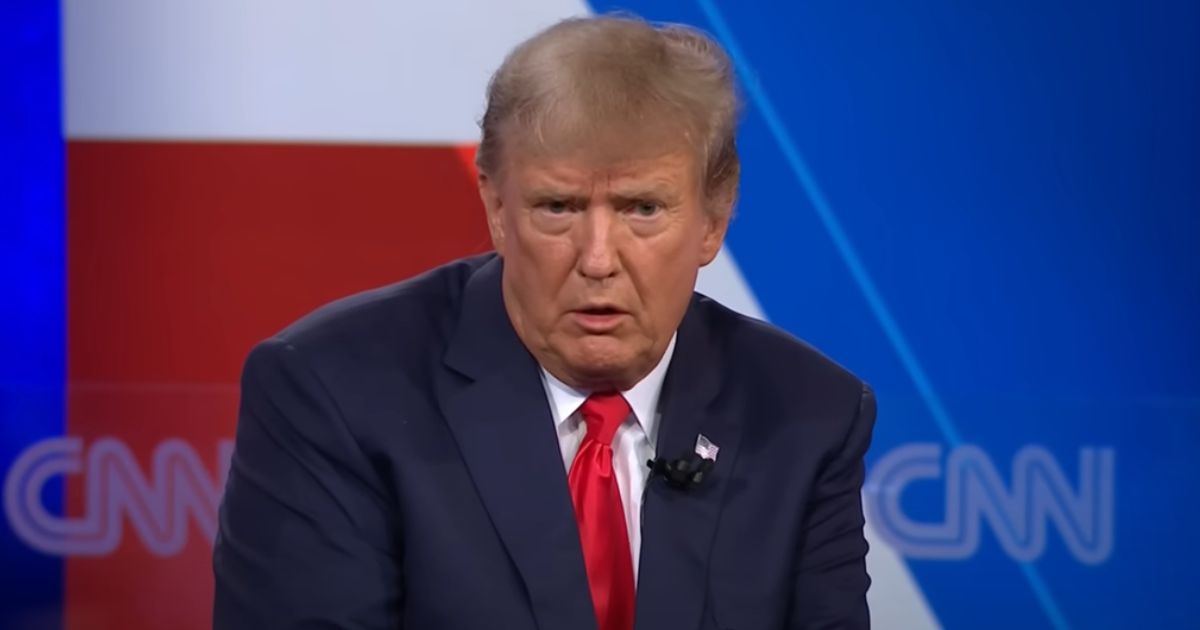Federal Court Overturns MD Firearms Carry Restrictions
In a landmark decision, a U.S. federal court has declared key elements of Maryland's firearms carry laws unconstitutional.
A U.S. District Court in Maryland has recently ceased the enforcement of certain state carry laws, marking a pivotal win for the Second Amendment Foundation and allies and a defeat for the policies championed by the Biden administration, as the Tampa Free Press reports.
Case Background and Judicial Oversight
Chief U.S. District Judge George L. Russell III, who was appointed by former President Barack Obama, presided over the case known as Novotny v. Moore.
The lawsuit was considered and decided upon in the federal court system, where Judge Russell issued a summary judgment spanning 13 pages.
The challenged provisions specifically prohibited carrying firearms in places such as establishments serving alcohol, private properties without explicit owner consent, and areas immediately near public demonstrations. These restrictions faced scrutiny for possibly infringing on citizens' constitutional rights under the Second Amendment.
The plaintiffs in the case included Maryland Shall Issue, the Firearms Policy Coalition, and three individuals with valid "wear and carry" permits.
Legal Representation and Consolidation
This notable case was represented by a proficient team of attorneys, including David H. Thompson and Peter A. Patterson from Cooper & Kirk in Washington, D.C., alongside Mark W. Pennak from Maryland Shall Issue in Baltimore, and Matthew Larosiere from Lake Worth, Florida. The legal team argued against what they considered overreach in the state's carry laws.
The Novotny case was not handled in isolation but was consolidated with another similar lawsuit, Kipke v. Moore, indicating a broader challenge against Maryland’s firearms regulations.
Implications of the Judicial Order
Judge Russell's decision to enjoin the state from enforcing these specific carry laws implies a significant shift in how residents may carry firearms within the state.
This ruling particularly influences those holding permits and could affect various public spaces and private properties.
Attorneys for the plaintiffs argued that the now-overturned provisions conflict with both the nation's history and the intended spirit of the Second Amendment.
This judicial block may prompt a reassessment of how states regulate the carry of firearms, especially in sensitive or privately owned locations.
Following the ruling, reactions among legal experts and citizens ranged from celebratory to cautious, reflecting the diverse opinions on gun control and constitutional rights.
Reactions from Second Amendment Foundation
The Second Amendment Foundation has expressed substantial satisfaction with the outcome. SAF Executive Director Adam Kraut highlighted the court's alignment with constitutional principles, emphasizing the importance of challenging what he described as draconian anti-carry rules.
Alan M. Gottlieb, founder and Executive Vice President of SAF, echoed this sentiment, stating their delight with the court’s decision. "This is just one more step in SAF’s ongoing effort to win firearms freedom, one lawsuit at a time," he affirmed.
Both Kraut and Gottlieb noted the possibility of continuing their legal strategies to further challenge the remaining provisions they view as unconstitutional.
Looking Towards Future Implications
The ruling is expected to set a precedent that could influence future legal challenges and legislative measures both within Maryland and nationally. While supporters of the ruling see it as a victory for gun rights, opponents may view it as a setback to public safety measures.
The case's outcome will likely lead to varied adaptations in local carry laws, potentially prompting legislative revisions intended to comply with constitutional standards while addressing public safety concerns.
In conclusion, the federal court's decision alters the landscape of firearm regulations in Maryland, setting a benchmark for future cases around the country. This ruling not only impacts those directly involved but also signals potential shifts in national policy regarding how firearms are carried and regulated.





